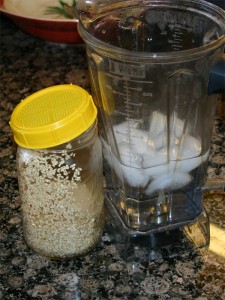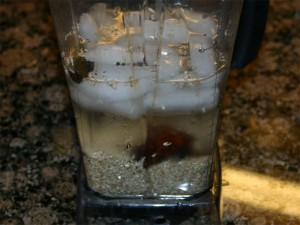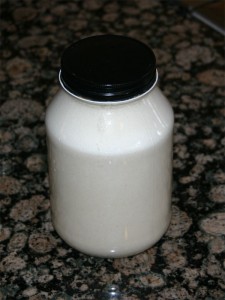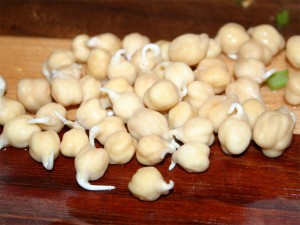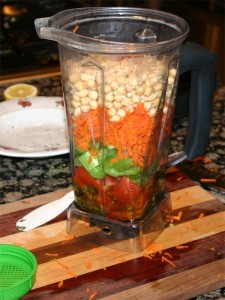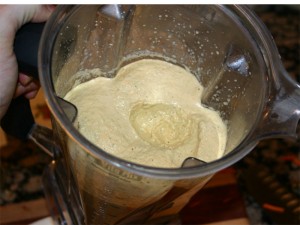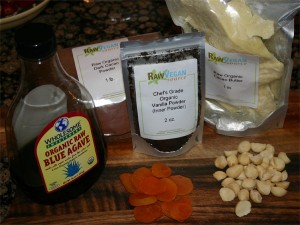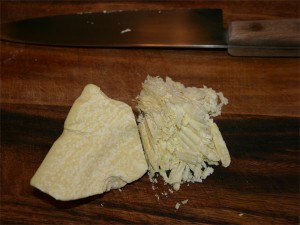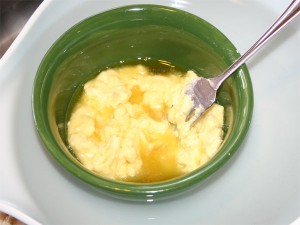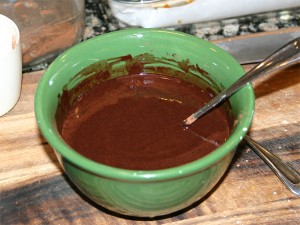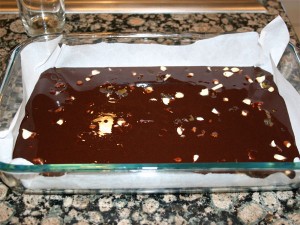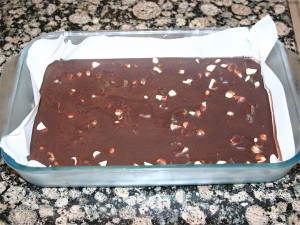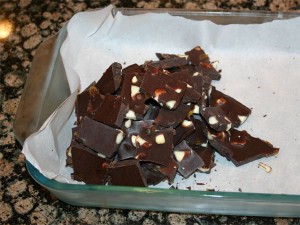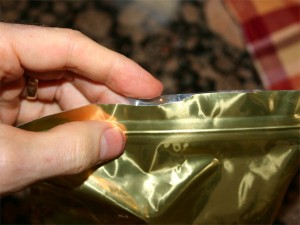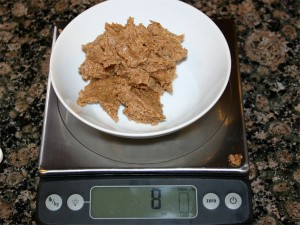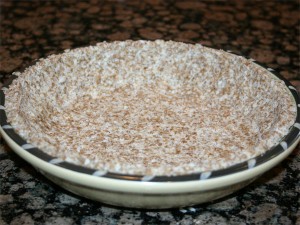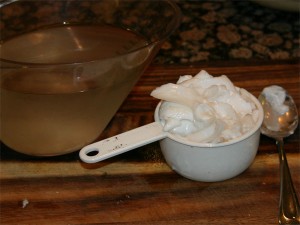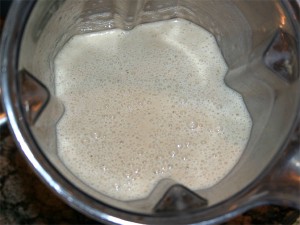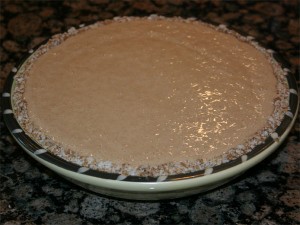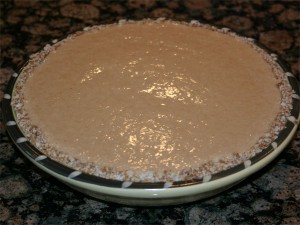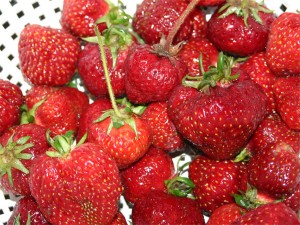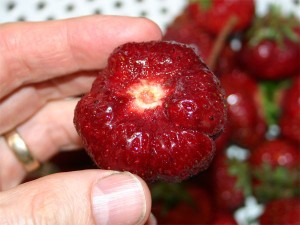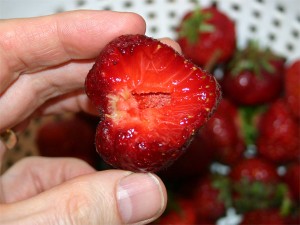There’s just something about sesame milk that keeps me coming back for more. It’s a little bitter, but it could be because of the mineral content, calcium in particular. Did a quick Google search for nutritional information and found this. The Acid Alkaline charts show the dry seeds as being slightly alkaline, but as we’ve all learned sprouting seeds tips them heavily into the alkaline category!
Now the trick is to make them something that you want to ingest. I don’t really like sesame seeds dry. It takes too much work to chew. Try placing a spoonful of dry seeds in your mouth and see how long it takes to chew them up to the point where you can swallow! Soaked and sprouted seeds are totally different. Soak them for four to six hours before draining and letting sprout. The sprout time is about 24 to 36 hours. Past that, the seeds get really bitter and hard to eat no matter what you do to disguise the taste.
The best part about this milk is that it’s really easy to make if you have a high speed blender – which I have.
I’ve got a collection of mason jars for sprouting. The little sprout lids can be purchased at just about any natural food shop. They come in three different sizes, yellow being the smallest. Yellow works great for holding these little seeds at bay.
Ingredients:
- 1 cup sprouted sesame seeds
- About 1 cup ice cubes
- About 3 cups water
- 2 to 3 little dates
- Little vanilla powder (doesn’t take much, like 1/8th teaspoon.)
If you look closely at this second picture, you’ll notice that I snapped the fist picture before I’d added all the ingredients to the mixture. Notice sitting just above the sesame seeds are the dates. On the very surface (in the upper left hand corner) is the vanilla powder.
Ultimately, this will all blend together and look like milk.
The main reason for the ice is to keep the mixture colder longer so you can blend it longer without heating the ‘milk’. If you don’t add ice and just use cold water, you’ll end up with warm milk that just seems… wrong.
It’s pretty important to add a couple dates to the drink for the seeds are pretty bitter and it takes a something a little sweet to balance it out.
I like my sesame milk with all the fiber. Others like to run it through a nut milk bag to remove all the hulls. Either way you make it, the best way to consume it is as the base for a green smoothie! Peaches and Sesame ‘cream’ makes for unique taste sensation. I highly recommend giving it a try.
I figured I’d do a little search for a video to add to this post. Found a really nice demonstration by Karen Knowler that I’d recommend watching if you’ve never made nut milk. The only change I’d make to what she shows is that she should be using soaked almonds rather than dry almonds. But here you go anyway, I’m sure you can make that little modification yourself.

